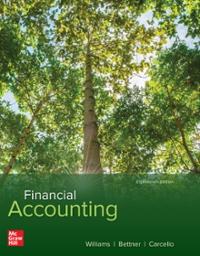




kindly solve these problems for me. strictly answer all questions
1. Peach-Lemon problem Consider the market of used cars. Sellers have two types of cars: peaches (cars in good condition) and lemons (cars in bad condition). If a potential buyer is able to identify quality of a car, his is willing to pay $10000 for a peach and $5000 for a lemon. On the other hand, sellers is willing to sell a peach at $7500 and a lemon at $4000. The game unfolds as below: first, sellers choose to sell or not, and at which price to sell After that, potential buyers choose to buy or not. Find equilibrium decisions in the following situations: a. There are four times as many peaches as lemons (q=4/5), (15 pts) b. There are four times as many lemons as peaches (q=1/5). (15 pts)PART III - 2 Long-Answer Questions QUESTION 1 India is a producer of salt and has the following domestic demand: P = 360 - 3Q and the following domestic supply: MC = Q a. Graph the domestic demand and supply and find the domestic equilibrium. b. Indian producers can sell salt to the rest of the world at a price of $150. Add this to your graph and find the free trade equilibrium. 10 of 14 The Indian government is concerned over the possibility of India's loss of competitiveness in the world's salt market. To support its salt industry, it provides producers with a $30 export subsidy. Add the export subsidy to your graph and show with a table the DWL associated with this policy. Calculate the size of DWL.5. Suppose a firm has the production function Q = K1/2 1/4 M1/4 The wage rate w = 16, rental rater = 2, and the price of the materials m = 1. 1) Suppose in the short run, Kis fixed at K*, What's the solution to the firm's short run cost-minimization problem? 2) What is the solution to the firm's long run cost minimization problem given that the firm wants to produce Q units of output? 3) Suppose that Q = 10, K* = 20. Compare the long run and short run demands.Consider a firm with this production function: q = 311/3 K1/3 1. Short-run. a With capital fixed and the prices of labor and capital at w and r, respectively, show that the total cost function is TC - w (?"K-1 + rk b) Show that the marginal cost and average cost functions are: MC = 3w () K-1q2 and AC = w() K 197 +" c) Suppose this firm is in a competitive market. Show that the short-run supply function is: q = 3 (RX) 10.5 Suppose: P = 2 w = 1 r =2 K=20 Does this firm continue production or cease production? Explain. Suppose: w = 1 r =2 K =20 At what price does the firm break even? What is its output when it breaks even?Consider the simple linear regression model: Y = XB + E, E~N(0,621). Using matrix notation: a) Derive the Least Squares vector of estimates for the model coefficients and find its expected value. b) Derive the estimated variance-covariance matrix (all four components) associated with model coefficients, i.e., cov(B).Consider an exchange economy with 2 consumers (A and B) and 2 goods (x1 and x2). Consumer A has an initial endowment of (X1, x2)=(10, 20), while Consumer B's endowment is (15, 15). Consumer A's utility function is given by and Consumer B's utility function is given by u B Suppose that we normalize the price of x2 to be 1. The competitive equilibrium price (p1) will be $

















